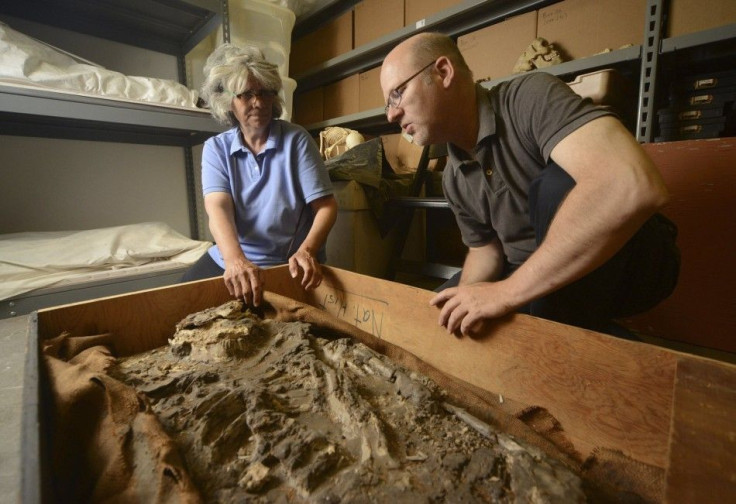6500 Year Old 'Noah' Skeleton Discovered
The Skeleton Was Found in a Layer of Sediment Deposited by a Disastrous Flood

The boxed remains of a 6500 year old human skeleton were accidently found in the basement of the well known Penn Museum in Philadelphia. It was left unattended for 85 years in the basement. A project, Ur of the Chaldees: A Virtual Vision of Woolley's Excavations was undertaken to digitaliSe the museum when this astounding discovery came to light.
The box did not carry any identification number or catalog card. The digitalisation project showed information about the skeleton and its history along with the nickname 'Noah'.
The human skeleton was originally found during 1929-1930 at an excavation site of Ur which is the modern day Iraq. According to museum records a team of archaeologists led by Sir Leonard Woolley from the Penn and British museums had unearthed the skeleton.
The Mesopotamian 'Royal Cemetery' that has over hundred graves and tombs with cultural artifacts is Woolley's famous excavation. But the team also unearthed graves about 2000 years older than the Ur's royal burial ground in a flood plain that is 50 feet below the surface of the Ur site. These graves were 48 in number dating back to the Ubaid period around 5500 B.C to 4000 B.C. Even during 1929 it was rare to find such remains dating back to this period, only a single skeleton was recovered from the site. Woolley coated the bones and the soil in wax, boxed and shipped it to London and later to Philadelphia.
A list gives details where the artifacts from 1929 to 1930 dig were sent, while the remaining artifacts lie in Iraq. Some of the artifacts were split between London and Philadelphia. According to a list the Penn Museum was to receive a tray of mud from the excavation as well as two skeletons.
The project manager William Hafford responsible for digitalising the museum records did not find the two skeletons mentioned in the list. When further research was made in the museum database the skeleton had been recorded as 'not accounted for' in 1990. Hafford began exploring Woolley's records.
After gathering additional information which included images of the missing skeleton he approached the Penn museum's curator of physical anthropology Janet Monge, she too had never seen the skeleton before. But she remembered a box at the basement.
When Janet opened the box the remains were the same one on the list shipped by Woolley. She examined the skeleton and said that it is likely to belong to a male 50 years or older who stood around 5 feet 8 inches tall. The skeleton has been named 'Noah' because he was found in a layer of sediment deposited by a disastrous flood - one which may have inspired the biblical story.
As science and technology have advanced, since Woolley's time the Penn Museum can discover more about Noah's remains on how humans lived before cities and writing, provide insight into their origin, diet, trauma, stress and diseases.




















